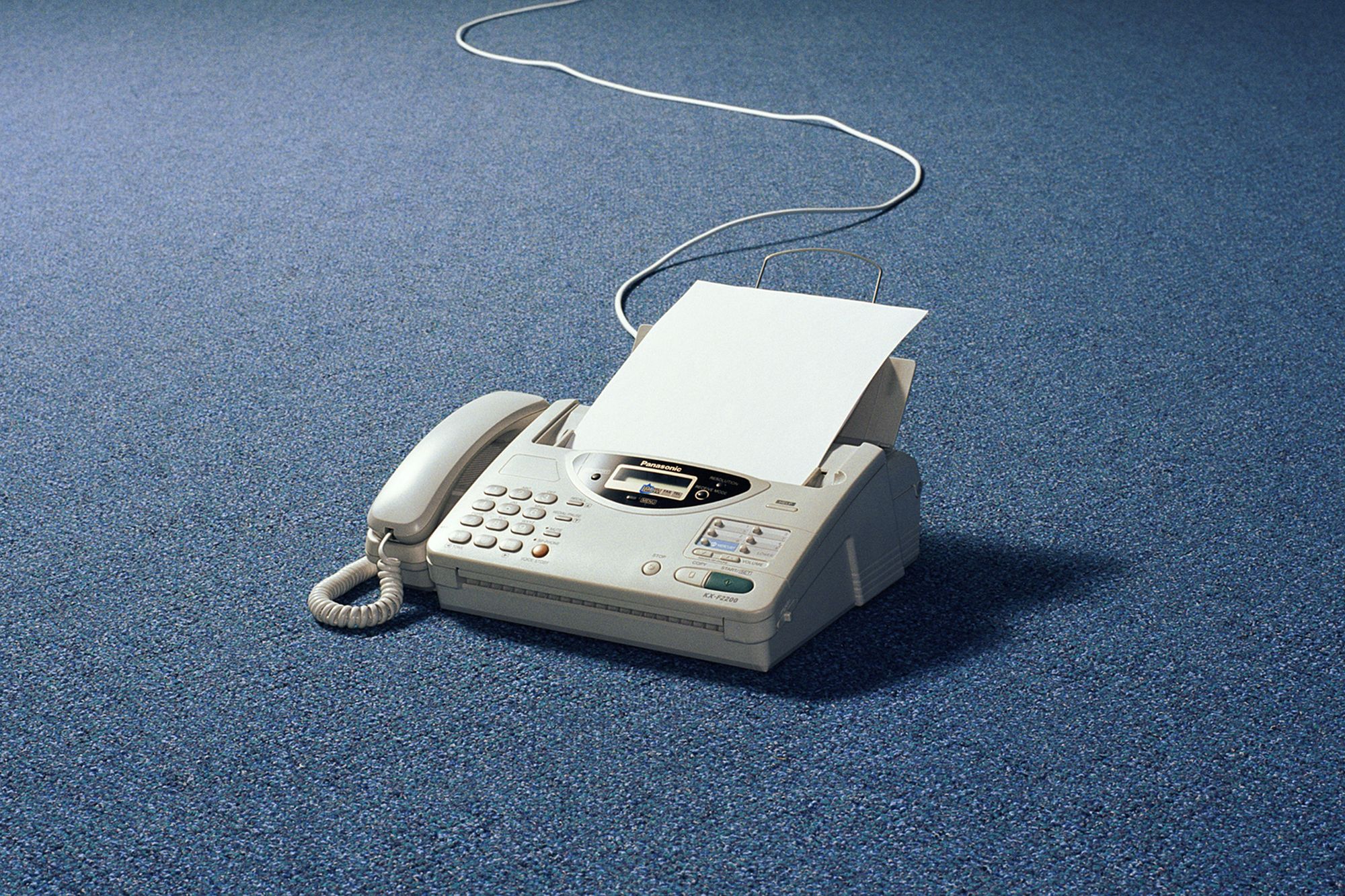This Annoying Noise Convinced Me That Disruption Begins at the Bottom Find points of friction for your customers and your employees to inspire innovation and disrupt your industry.
By Ashik Karim •

Opinions expressed by Entrepreneur contributors are their own.

We live in an age where the only question about disruption is which industry is up next.
From banking to health care to something as pedestrian as shaving your face, startups have long been on the receiving end of what feels like unlimited investments from venture capital in the hopes they become the next big driver of change.
And the winners of this sprint all have one thing in common. They didn't just build a better product by chance. They did it by listening to the right people: those at the bottom.
It may sound counterintuitive, but while getting buy-in from C-level executives and decision makers is an important part of any disruptive company's path to success, those meetings don't come first. They only come when you're confident the product you're selling is going to provide real change and solve meaningful problems for the end user.
Related: Why Disruption Is Coming for Your Industry -- And How to Embrace It
To do that, you've got to talk to the folks on the ground. That's where your greatest aha moments come from. Mine was the sound of a fax machine.
If you want to disrupt, look for friction
Not long ago, I spent a few weeks popping in and out of the offices responsible for establishing and tracking the movement of most of the products we have delivered every day to businesses, offices and our own front doors. I was there to do due diligence for a new company. The thesis was that our potential customers weren't running as efficiently as they could be. I assumed there must be some unnecessary friction in the marketplace that our product—a platform linking all the key players in the world of logistics—could help eliminate. Then I started making the rounds and discovered there wasn't just some friction, there was enough to start a small brush fire.
In each and every cramped office, I squeezed past towering stacks of paper and filing cabinets stuffed to the point where they could barely close. I heard that indelible screech squawking from the fax machine. And I came to realize that "the check is in the mail" was a literal, not metaphorical, expression.
It doesn't take a shipping expert to understand that the mere sight of these offices made the problem that much clearer. These were logistical nightmares far removed from the executive level that I never would have noticed had I not started the tours where I did. Loud as they may be, the sounds of those fax machines don't quite reach the corner office.
Related: Want to Disrupt an Entire Industry? Here Are 3 Tips From the Future.
After enough of these visits, it was clear to me that the people on the ground were begging for tools that could help them do their work and do it more efficiently. Paperless, frictionless tools like the platform we had already started to build, and that I was now even surer was needed. Give them those tools and you won't just make them happy, you'll create significant change that will be felt across the industry. And that holds true for any industry.
Seek out what is holding people back
Oru Kayaks, inventors of the first foldable kayak, began by talking to kayakers about their biggest pain points. The critical problem? Size. Storing or transporting hard kayaks was prohibitive, and inflatable kayaks on the market took too long to inflate or weren't durable.
So the founders turned to origami for inspiration, creating a hard kayak that could be folded and easily transported. This approach wowed investors on Shark Tank, sparked growth in the portable kayak industry and has led to a revolution in industrial design.
All because they talked to the people actually using the product they wanted to sell.
This sort of market research may feel fundamental. Obvious, even. But it's remarkable how many businesses still begin with questions posed to people flying at too high an altitude to really assess the damage on the ground.
Related: Why Amazon and Jeff Bezos Are So Successful at Disruption
I'm not suggesting you should ignore executives or roll your eyes when offered advice from those with the 10,000-foot view. They obviously have something valuable to say, and building relationships with the C-level will be critical to the success of your product. After all, they will be the ones signing off on purchasing your product.
Disruption comes not by magic, but ultimately through both a willingness to adopt new technology and tech that actually solves the right problems. To get there, start where you need to start: at the bottom.











